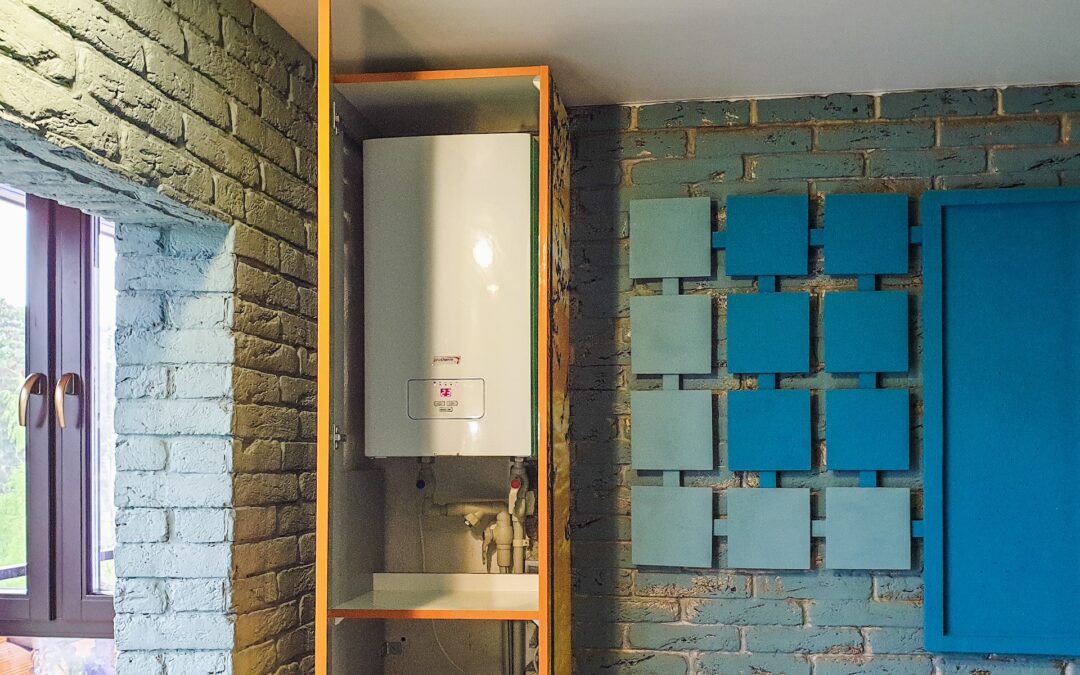Water Heater Types
Water heaters are powered by gas or electricity. There are three types of water heaters:
- Standard Tank – Standard tanks or traditional water heaters are the most common and use a large, heated storage tank of water to provide your water supply for showers and faucets.
- Tankless – Tankless water heaters, or “on-demand” water heaters, heat water as needed, meaning they can provide endless hot water.
- Heat Pump – Peat pump water heaters (currently only available in electric) are like a traditional tank water heater except for a compressor on top of the unit that preheats water by transferring heat from the ambient air temperature.
How a Water Heater Works
Whether your water heater is electric or gas, it works essentially the same way. It brings cold water in through the dip tube (an internal pipe that extends from the cold-water inlet to the bottom of the hot water heater) where it will be heated before rising to the top of the heater. The hot water subsequently rises in the tank and is moved throughout the home through the heat-out pipe.
Both the gas and electric versions of the standard tank water heater have a thermostat, temperature, and pressure relief valve, a drain valve, an insulated tank, and an anode rod (attracts the sediment and corrosive elements like minerals in the water so that they corrode the anode rod rather than the inside of your water heater tank).
In a tankless water heater, the cold water enters the unit and is heated by a heating element (heat exchanger), which is turned on by a flow-activated switch. The heat exchanger can be electric-resistance heating coils or a gas-fired burner using natural gas or propane.
Recommended Annual Maintenance
Test the Pressure Relief Valve – by lifting the tab on the valve and then letting go of the tab. Water should flow when the tab is up but stop when it’s down. If you encounter any issues, you likely need a new relief valve.
Flush the Water Heater to Remove Sediment – To avoid sediment build-up, you should flush your tank every year. If you have hard water, it should be done every 6 months. Begin by making sure the power is turned off and you have a safe place to drain the sediment-filled water.
Inspect the Anode Rod – Put a hose to the tank’s drain cock and let out a few gallons of water. Then, fit a 1 1/16-inch socket onto the rod’s hex head on top of the heater and unscrew the rod. If it is less than ½ inch thick or it is coated with calcium, buy a new one, wrap its threads with Teflon tape, put it back in the tank, and tighten it securely.
Adjust the Temperature – Find the temperature dial on the side of the tank and unscrew its cover. Adjust the dial to 120 degrees using a flathead screwdriver. For every 10 degrees, the temperature is decreased, and you can expect to save up to 5 percent in energy costs. If you plan to be away from home for more than three days on vacation, turn the water heater off or the thermostat down to its lowest setting.
Insulate the Pipes and the Water Heater – Apply self-sticking 3/8-inch-thick foam pipe insulation that matches the pipes’ diameter. Glide the foam over the hot and cold water pipes as far as you can reach. Wrap the side of the tank, and seal cuts with foil tape but never cover the tops of oil or gas heaters.
If you are not particularly handy, contact your plumber to perform these important maintenance steps.
For more information on all your plumbing concerns visit https://socalplumbers.com/. If you have found this article to be helpful and you would like to receive similar information from the SoCal Plumbers, please go to https://socalplumbers.com/email-signup/.


